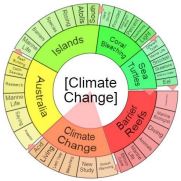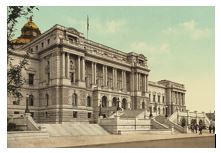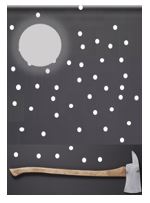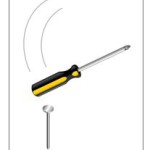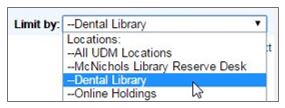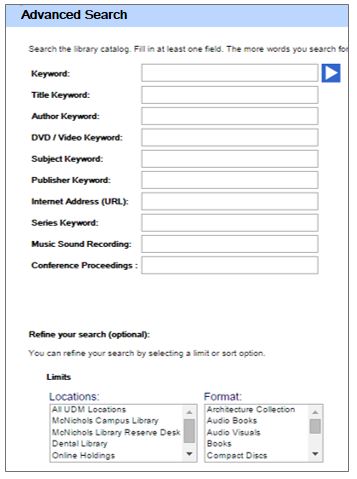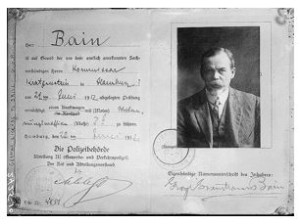Government Documents and Government Information at UDM
 The University of Detroit Mercy houses a collection of federal government documents in print, microfiche, and tangible electronic format (CD-ROMs and DVDs). It also provides access to titles available online through the Government Printing Office (GPO). These resources are available not only to students, faculty, staff, and administrators of the University, but also by federal law to anyone else who may wish to consult them.
The University of Detroit Mercy houses a collection of federal government documents in print, microfiche, and tangible electronic format (CD-ROMs and DVDs). It also provides access to titles available online through the Government Printing Office (GPO). These resources are available not only to students, faculty, staff, and administrators of the University, but also by federal law to anyone else who may wish to consult them.
The University has the distinction of having been a selective depository library since 1884. A selective depository is not required to collect, or provide online access to, every single document published by the federal government, but tailors its collection according to the needs of its users. There are, however, regional depository libraries throughout the United States that are mandated to do just that. Besides maintaining as comprehensive a collection as possible within their own four walls, these regional depositories “oversee” selective depositories in each state to ensure that an adequate number of copies (or adequate online access to) documents and other government information in a given geographic area. The University of Minnesota is currently the regional depository for all selective depository libraries in Michigan as well as those in Minnesota and South Dakota.
Included in the University’s depository print and microfiche collection are Census files from 1960 through 1990; publications from the National Library of Medicine going back several decades; and publications from NASA dating back to the early days of the space program.
The classification system for government documents is known as the Superintendent of Documents Classification Scheme, or SuDoc for short. Whereas book, videos, etc. are usually classified by subject, author, or title in the Dewey and Library of Congress classification systems; SuDoc classifies titles by the issuing body (NASA, for example). Other types of punctuation besides the period (.) are used in this system; capitalization and the use of spaces within a SuDoc number are also very important. Here is a link to the basic SuDoc Classification scheme, and additional information about it:
http://www.fdlp.gov/22-about/services/929-sudoc-classification-scheme
The print documents that that University has available in tangible format and classified in SuDoc are housed in the electric compact shelving that faces east in the lower level. CD-ROMs and DVDs are in a set of drawers immediately south of that shelving. Microfiche is kept in several filing cabinets along the south and southwest walls, behind the electric compact shelving for books and serials classified under H.
Depository libraries have the flexibility of classifying government documents under a different classification system to allow for greater accessibility. Many of the print documents that are part of the University’s depository collection are classified with Library of Congress numbers and shelved among other titles with those numbers.
Documents available on the Internet will have URLs indicated when found as part of a search via the library online catalog (whether in the building or on a computer at home). Simply clicking on these URLs should bring up the full text of the publication. (Contrary to rumor, Google has NOT cataloged the entire collection of government documents.)
If you have any questions about the University’s government documents collection; or need help locating a government resource; you may contact Kris McLonis by phone (313-578-0457) or email (mclonika@udmercy.edu).
